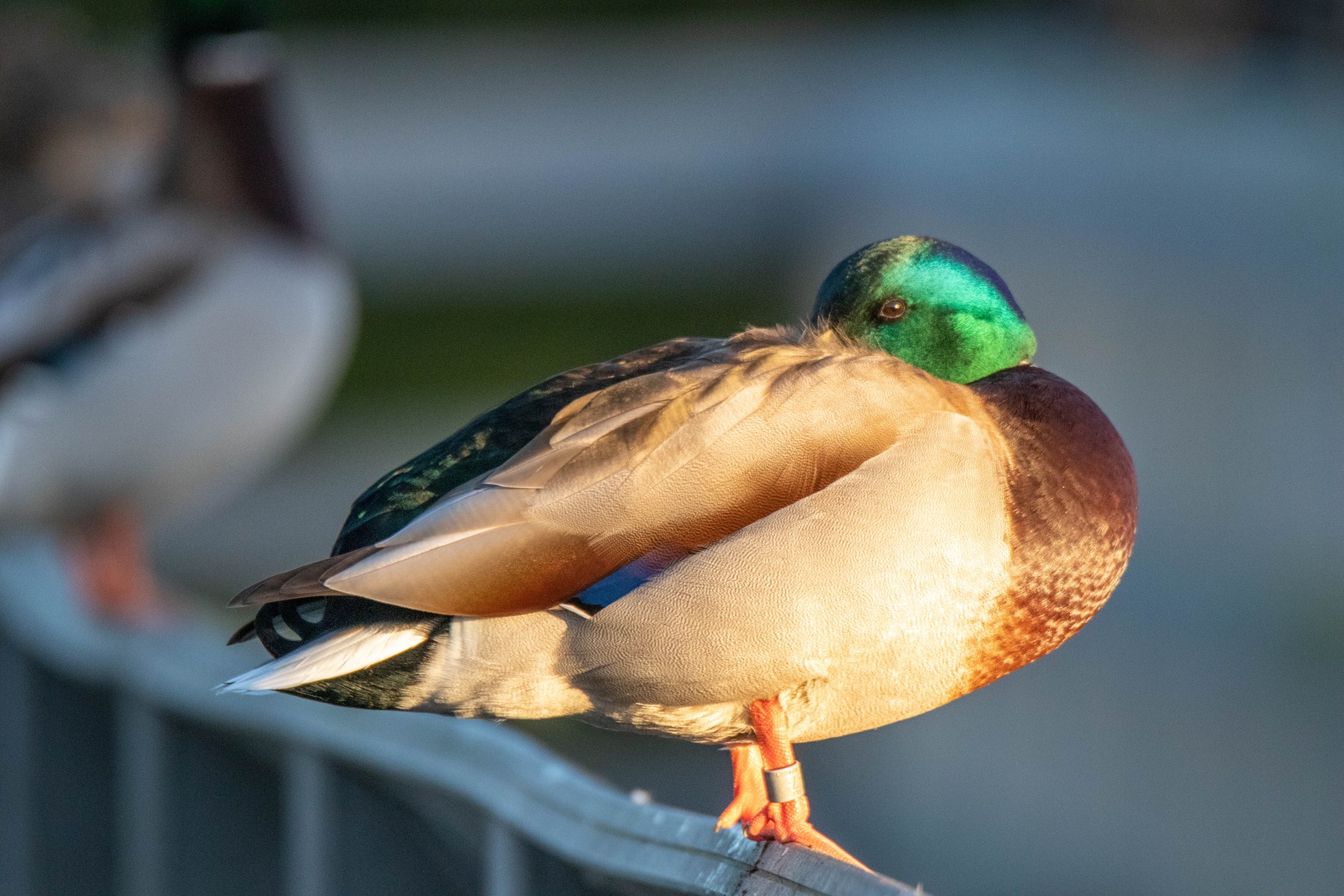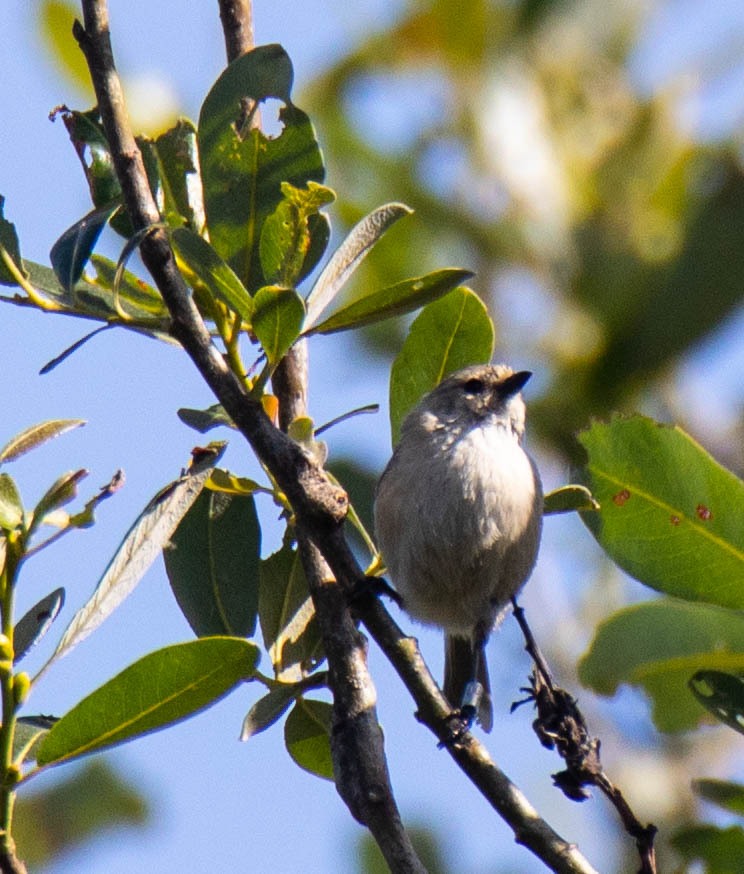More common than you might think.
I was reviewing my pictures one day a couple of years ago when I saw what looked like a metal band on a Song Sparrow’s leg.
What?
I’d heard of banding birds before but I never expected to see one, and never thought anyone would bother to band such a small and common bird as a sparrow.
So, I Googled “bird banding” and what I learned was so interesting. The first thing I learned was that the practice is called “ringing” in the United Kingdom. It looks like a band to me!
Do you ever look at range maps? Well, some of that information is provided by people like you and me who enter our bird sightings into eBird (either via the web or their free app). And some of that information is obtained by banding and tracking birds.
A (very) little history
Humans have been marking birds for thousands of years. For example, it’s been done to indicate ownership (i.e., hunting falcons) in the Middle Ages. Swans were notched on their bill.
In 1822, an injured stork was found in Germany with a 30″ piece of spear still in its neck. This spear was traced back to African tribes. This was the first piece of evidence of bird migration. Prior to that, people didn’t know why birds suddenly appeared and then disappeared in their localities. Other storks have migrated to Europe from Africa with arrows stuck in them. As of 2003, Germany had attracted 25 of these storks.
The injured stork was stuffed and can be viewed at the University of Rostock. In case you don’t get there, here’s a picture…

(Okay, that spear wasn’t actually an attempt to mark a bird. But, it worked!)
In 1899, Hans Christian Cornelius Mortensen, a Danish schoolteacher and ornithologist, banded European Starlings with aluminum bands for scientific purposes.
In 1902, Paul Bartsch of the Smithsonian banded twenty-three Black-crowned Night Herons. It was the first use of modern banding in the United States. (He also invented, in 1922, one of the first underwater cameras!)
How do scientists capture birds?
In many cases, scientists use a “mist nest” to capture birds. These vary in size based on the size of the bird. When the bird is captured, measurements are taken. These can be compared against newer measurements when the bird is found again.
How do scientists band the birds?
Scientists measure the circumference of the bird’s leg with a leg gauge. They then use banding pliers to place an aluminum band on the leg of the bird. Sometimes, in addition, plastic colored bands will also be used. These plastic bands, though temporary, allow scientists to identify the bird without having to recapture it.
There are limitations to leg banding, however. Some birds (flamingos and some swans) have such large legs that it would require too large of a band to be worth doing. Some smaller birds have legs made in such a way that a band would damage their circulation. And then there’s the New World Vultures (like my friend the Turkey Vulture). They urinate on their legs (to cool themselves). The urine corrodes the aluminum. The powdery oxide that forms sticks to their legs and injures the bird.
Yuck.
What kind of information are scientists able to collect by banding birds?
Plenty! Data about “migration, longevity, mortality, population, territoriality, [and] feeding behavior” is some of the information that can be obtained.
What do you do if you find a bird with a band?
I have photos of birds with bands, but the information on the band is not readable. If you are able to read a band (sometimes from a dead bird), you can report it at www.reportband.com.
I know. I know. This was a long post, but I find it fascinating! The Wikipedia article about banding is worth reading.
But, now, on to the pictures. The first bird I saw with a band was in September 2019. More recently, I was birding at Antonelli Pond. When I reviewed my pictures, I saw that two of the birds had bands. That’s one reason why I take pictures of common birds like Song Sparrows. I never know when I’ll find a banded bird.
Sometimes, banding is not an option but a bird needs to be marked in some fashion. In my next post, we’ll look at California Condors and how they are tagged.
Stay tuned!






